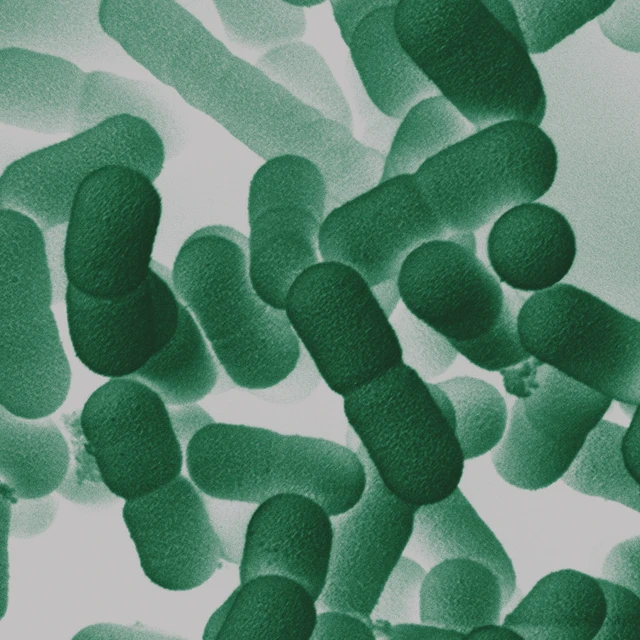
The 12 Principles of Green Chemistry
Green chemistry is an approach designed to minimize the impact of chemistry on human health and the environment.
The 12 Principles of Green Chemistry listed below show how using enzymes instead of chemical catalysts leads to more sustainable processes that are safer, more energy efficient and less wasteful.
#1 Prevent Waste
Unlike harsh chemicals, enzymes are remarkably specific in their synthesis. No by-products are generated, and the enzymes themselves are completely biodegradable.
#2 Maximize atom economy
As the starting material is selectively converted into only the desired product, enzyme biocatalysis contributes to maximizing the atom economy of the overall process.
#3 Design less hazardous chemical syntheses
Bio-transformations are mainly performed in water, or using Class 3 solvents, which implies a lower toxic potential compared to the use of chemical catalysts.
#4 Design safer chemicals and products
Enzymes are per definition non-toxic, which means that using them to replace metal catalysts or toxic chemicals leads to a safer process with less waste.
#5 Use safer solvents and reaction conditions
As product transformations in water, or Class 3 solvents, can be performed under ambient/moderate temperature conditions, the use of biocatalysts carries little safety risk.
#6 Increase energy efficiency
Biocatalysts reduce both the number of synthetic steps, and the condition requirements for reactions with biocatalysts (no temperature/pressure requirements). Both lead to lower energy consumption.
#7 Use renewable feedstocks
Enzymes work well on a renewable starting material, as both are sourced from nature. The enzymes themselves are manufactured using large-scale fermentation with a microbial source a starting material.
#8 Avoid chemical derivatives
The unparalleled selectivity towards the desired end-product without the need for multiple protection/deprotection steps, avoids the use of several chemicals, including any of their derivative steps.
#9 Use catalysts, not stoichiometric reagents
Enzymes are effective biological catalysts and a small amount of enzymes goes a long way. When immobilized in smaller granulates, their recyclability increases even further.
#10 Design chemicals and products to degrade after use
Enzymes are biodegradable so no additional effluent treatment is required.
#11 Analyze in real time to prevent pollution
High selectivity and no formation of by-products, prevent waste treatment and/or pollution.
#12 Minimize the potential for accidents
With the ease of handling, safe application and minimal exposure risks, biocatalysis also minimizes the risk of accidents compared to hazardous chemicals.
What could this mean for your business?
Would you like to know more about what biocatalysis could do for your business? Fill in the form and one of our experts will be in touch shortly.
One more step…
To complete the get in touch form or sign up, please click on the button below to enable cookies.